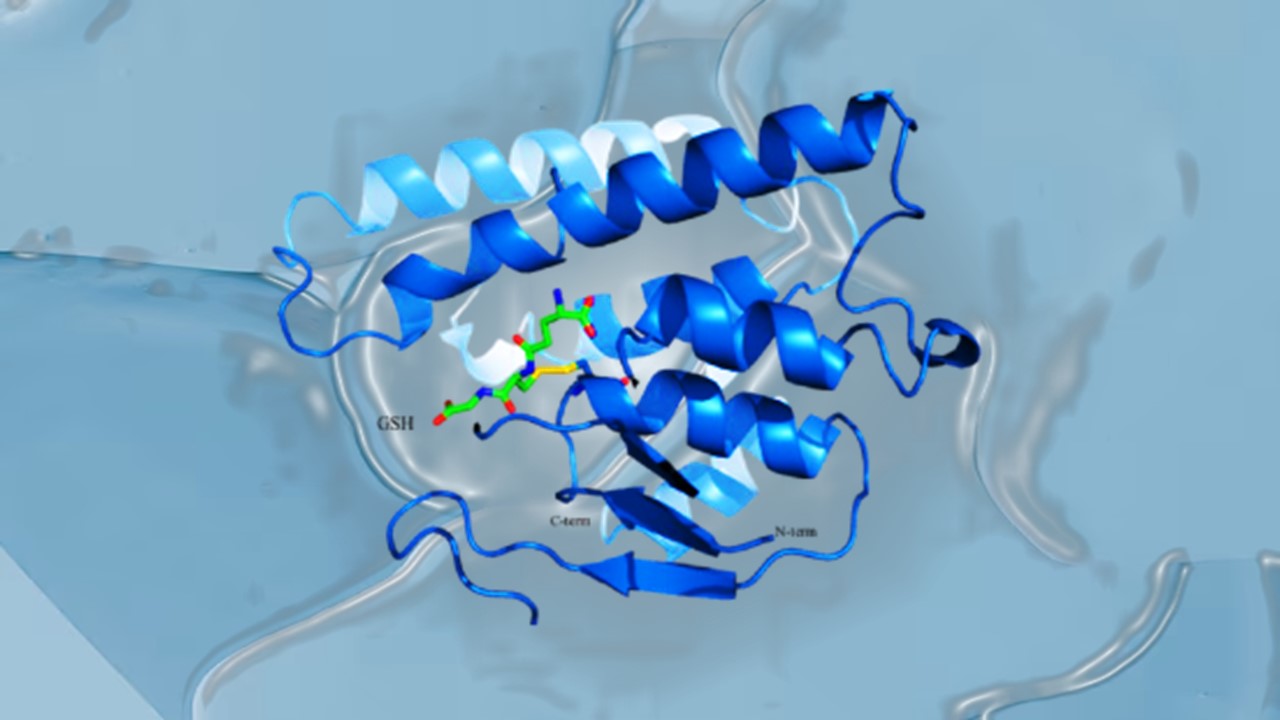Cancer therapy options have significantly improved since it was formerly thought to be a terminal illness. Nevertheless, despite these improvements, cancer continues to be the largest cause of death in the globe. Statistics show that cancer will continue to be the leading cause of death in Korea in 2021, thus the battle against it must continue. The development of cutting-edge treatment plans as well as fast diagnosis and intervention are essential for successfully fighting cancer. In this blog article, we examine a ground-breaking study that examined the theranostic use with the tumor-initiating cell probe TiY in non-small cell lung cancer (NSCLC). The work was released in the esteemed journal Theranostics. A*STAR in Singapore and POSTECH in Korea collaborated on this study, which provides encouraging new information on the prospective use of TiY for the purposes of diagnosis as well as therapy.
Shining a Fluorescent Spotlight on Tumor-Initiating Cells
The study group started looking into the fluorescent probe TiY’s possible therapeutic uses after producing it. TiY is a fluorescence probe that specifically recognizes and recognizes tumor-initiating cells (TICs). With an emphasis on NSCLC, their study sought to comprehend the effects of various TiY levels on stem cells from cancerous tumors.
Experimental Design and Observations
The scientists removed cancer stem cells from NSCLC patients and administered them to mice as an experimental treatment to measure the therapeutic effects of TiY labeling. The scientists carefully observed how the cancer stem cells responded while gradually increasing the dosage of TiY delivered through intravenous injection.
Selective Staining and Inhibition of Cancer Stem Cells
The outcomes were startling. TiY has shown that it can efficiently dye cancer stem cells at low concentrations, similar to a fluorescent highlighter highlighting certain cells of interest. TiY, however, shown a surprising ability to prevent the proliferation of cancer stem cells, resulting in their considerable destruction, as the level of TiY rose. The workings of TiY molecules holds the key to this precise targeting and treatment. They have the special ability to specifically attach to the muscle-specific protein vimentin, which is found in the cytoskeleton of cancer stem cells. TiY is able to precisely target and prevent the proliferation of these cells thanks to its binding, providing fresh opportunities for the treatment of cancer.
A Theranostic Approach to Cancer Treatment
Failure to completely remove a tumor due to the possibility of cancer cells spreading to other organs or recurrence is one of the biggest obstacles in cancer treatment. A possible fix is offered by the extraordinary potential of TiY as shown in this work. TiY offers itself as a theranostic tool with enormous potential for improving treatment outcomes and patient prognosis because it allows for the diagnosis as well as the therapy in a single stroke.
Acknowledging Collaborative Support
Without the assistance of many groups, this study would not have been a success. The Ministry of Science and ICT, the Ministry of Education, the Institute of Basic Science, the Mid-career Researcher Program of the National Research Foundation of Korea, and the NMRC in Singapore all provided support for this study. These cooperative initiatives serve as a reminder of the value of cross-disciplinary cooperation and international cooperation in promoting scientific inquiry and converting it into useful applications in medicine.
Conclusion
The theranostic application of the tumor-initiating cell probe TiY in NSCLC represents a significant step forward in the fight against cancer. Through its dual capability of selectively staining cancer stem cells and inhibiting their growth, TiY offers a potential breakthrough in targeted cancer therapy. As we continue to push the boundaries of scientific knowledge, TiY may prove to be a valuable tool in the battle against cancer, bringing hope to patients and paving the way for improved clinical outcomes.
Study DOI: 10.7150/thno.79282
Subscribe
to get our
LATEST NEWS
Related Posts

Immunology & Oncology
The Silent Guardian: How GAS1 Shapes the Landscape of Metastatic Melanoma
GAS1’s discovery represents a beacon of hope in the fight against metastatic disease.

Immunology & Oncology
Resistance Mechanisms Unveiled: The Role of Glutathione S-Transferase in Cancer Therapy Failures
Understanding this dual role of GSTs as both protectors and accomplices to malignancies is central to tackling drug resistance.
Read More Articles
Myosin’s Molecular Toggle: How Dimerization of the Globular Tail Domain Controls the Motor Function of Myo5a
Myo5a exists in either an inhibited, triangulated rest or an extended, motile activation, each conformation dictated by the interplay between the GTD and its surroundings.
Designing Better Sugar Stoppers: Engineering Selective α-Glucosidase Inhibitors via Fragment-Based Dynamic Chemistry
One of the most pressing challenges in anti-diabetic therapy is reducing the unpleasant and often debilitating gastrointestinal side effects that accompany α-amylase inhibition.













